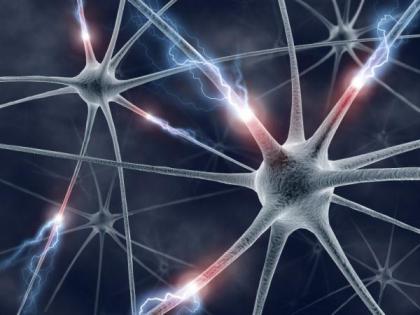The International Chiropractic Pediatric Association published findings that document how chiropractic care focuses on correcting vertebral subluxations that are a vital part in improving the lives of those with ADHD.
There is no standard definition or standard of treatment for ADHD. The psychologist sees it as a mental disorder, the medical doctor looks at a neurochemical imbalance, the neurologist perceives a brain dysfunction, and the teacher observes a discipline problem. Then they attempt to treat these symptoms from their perspective, never seeing the whole picture. While each therapy has had some limited success in certain cases, they tend to fail when applied universally.
From the 1990 research findings of Dr. Kenneth Blum, the root cause in many cases of ADHD is often related to malfunctioning in what Blum has named the Brain Reward Cascade. Humankind’s very survival is dependent on the drive for pleasure. Whether eating, loving, working or playing, the sense of pleasure is derived from the release of the neurotransmitter dopamine in the nervous system. This results in the “natural reward” of pleasure. When dopamine production or transportation is insufficient, it requires ever-increasing stimulation to achieve a sense of satisfaction. This can be seen in the hyperactive response of those with ADHD.
Research by Dr. Candace Pert found that almost half of these primary reward centers reside in the spinal cord and spinal nerves. Researchers at Harvard Medical School’s Department of Neurobiology have discovered neurons in the spinal cord that project directly to the amygdala and the orbital cortex. These neurons transfer somatosensory information, which ultimately affects autonomic, endocrine and behavioral function. That is why a fully functioning nervous system is vital. When the limbic system’s Brain Reward Cascade can function without interference, the feeling of well-being can be restored. The vertebral motor units communicate with the Brain Reward Cascade by way of the dorsal horn of the spinal cord and the dorsal roots of the spinal nerves. The nociceptive reflex (also called the withdrawal reflex) from the vertebrae therefore has a profound effect on the limbic system. If there is a spinal misalignment (vertebral subluxation), it can result in a warped perception of one’s environment. Since chiropractors focus on correcting vertebral subluxations and their consequent effects on the nervous system, proper chiropractic care can be a vital part in improving the lives of those with ADHD.
By J.G. Moellendorf, D.C.,
N.D., L.C.P, PW #43


